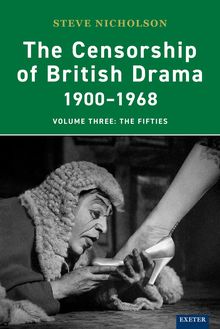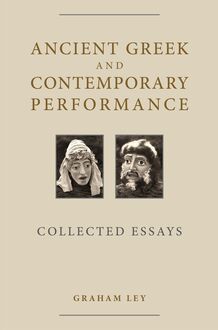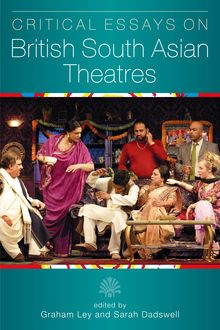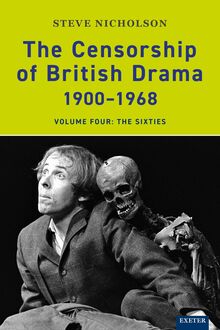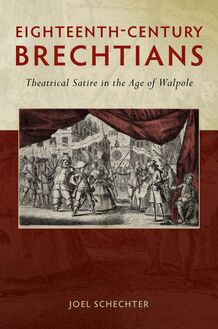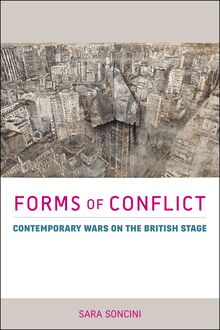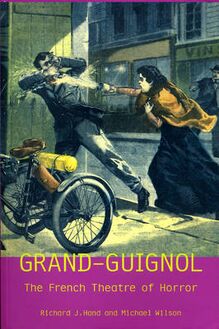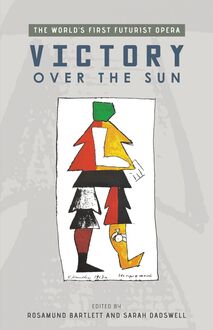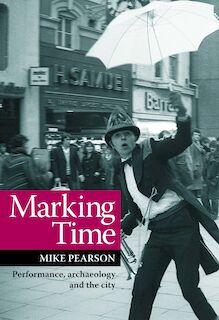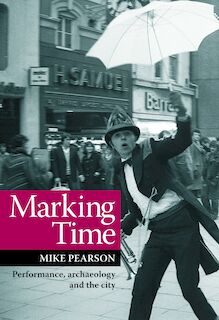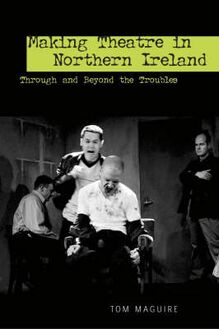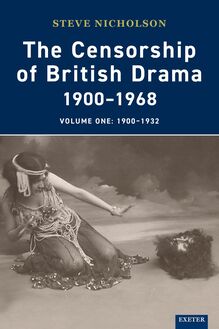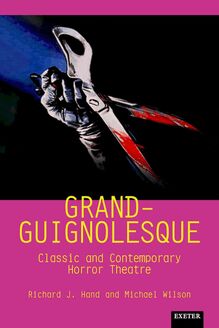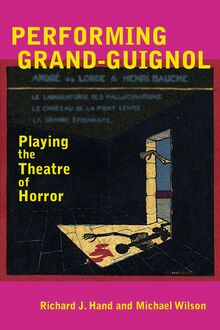-
 Univers
Univers
-
 Ebooks
Ebooks
-
 Livres audio
Livres audio
-
 Presse
Presse
-
 Podcasts
Podcasts
-
 BD
BD
-
 Documents
Documents
-
- Cours
- Révisions
- Ressources pédagogiques
- Sciences de l’éducation
- Manuels scolaires
- Langues
- Travaux de classe
- Annales de BEP
- Etudes supérieures
- Maternelle et primaire
- Fiches de lecture
- Orientation scolaire
- Méthodologie
- Corrigés de devoir
- Annales d’examens et concours
- Annales du bac
- Annales du brevet
- Rapports de stage
La lecture à portée de main
Découvre YouScribe en t'inscrivant gratuitement
Je m'inscrisDécouvre YouScribe en t'inscrivant gratuitement
Je m'inscrisEn savoir plus
En savoir plus

Description
The Théâtre du Grand-Guignol in Paris (1897 - 1962) achieved a legendary reputation as the 'Theatre of Horror' a venue displaying such explicit violence and blood-curdling terror that a resident doctor was employed to treat the numerous spectators who fainted each night. Indeed, the phrase 'grand guignol' has entered the language to describe any display of sensational horror.
Since the theatre closed its doors forty years ago, the genre has been overlooked by critics and theatre historians. This book reconsiders the importance and influence of the Grand-Guignol within its social, cultural and historical contexts, and is the first attempt at a major evaluation of the genre as performance. It gives full consideration to practical applications and to the challenges presented to the actor and director.
The book also includes outstanding new translations by the authors of ten Grand-Guignol plays, none of which have been previously available in English. The presentation of these plays in English for the first time is an implicit demand for a total reappraisal of the grand-guignol genre, not least for the unexpected inclusion of two very funny comedies.
1. Jack! (lui!), Oscar Metenier
2. The Ultimate Torture (La Derniere Torture), Andr de Lorde and Eugene Morel
3. The Lighthousekeepers (Gardiens de Phare), Paul Autier and Paul Colquemin
4. Chop-chop! (La Veuve), Eugene Heros and Leon Abric
5. Tics! or Doing the Deed (Apres Coup ou Tics), Ren Berton
6. In the Darkroom (Sous la Lumiere Rouge), Maurice Level and Etienne Rey
7. The Final Kiss (Le Baiser dans la Nuit), Maurice Level
8. The Torture Garden (Le Jardin des Supplices), Pierre Chaine and Andre de Lorde
9. Euthanasia (L'euthanasie), Ren Berton
10. The Kiss of Blood (Le Baiser de Sang), Jean Aragny and Francis Nelson
Sujets
Informations
| Publié par | University of Exeter Press |
| Date de parution | 02 mars 2015 |
| Nombre de lectures | 0 |
| EAN13 | 9780859899178 |
| Langue | English |
| Poids de l'ouvrage | 1 Mo |
Extrait
-
 Univers
Univers
-
 Ebooks
Ebooks
-
 Livres audio
Livres audio
-
 Presse
Presse
-
 Podcasts
Podcasts
-
 BD
BD
-
 Documents
Documents
-
Jeunesse
-
Littérature
-
Ressources professionnelles
-
Santé et bien-être
-
Savoirs
-
Education
-
Loisirs et hobbies
-
Art, musique et cinéma
-
Actualité et débat de société
-
Jeunesse
-
Littérature
-
Ressources professionnelles
-
Santé et bien-être
-
Savoirs
-
Education
-
Loisirs et hobbies
-
Art, musique et cinéma
-
Actualité et débat de société
-
Actualités
-
Lifestyle
-
Presse jeunesse
-
Presse professionnelle
-
Pratique
-
Presse sportive
-
Presse internationale
-
Culture & Médias
-
Action et Aventures
-
Science-fiction et Fantasy
-
Société
-
Jeunesse
-
Littérature
-
Ressources professionnelles
-
Santé et bien-être
-
Savoirs
-
Education
-
Loisirs et hobbies
-
Art, musique et cinéma
-
Actualité et débat de société
- Cours
- Révisions
- Ressources pédagogiques
- Sciences de l’éducation
- Manuels scolaires
- Langues
- Travaux de classe
- Annales de BEP
- Etudes supérieures
- Maternelle et primaire
- Fiches de lecture
- Orientation scolaire
- Méthodologie
- Corrigés de devoir
- Annales d’examens et concours
- Annales du bac
- Annales du brevet
- Rapports de stage
